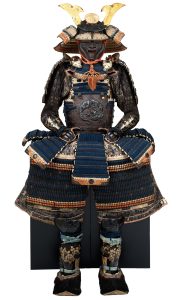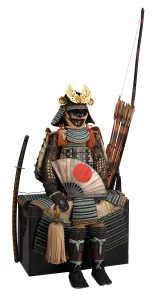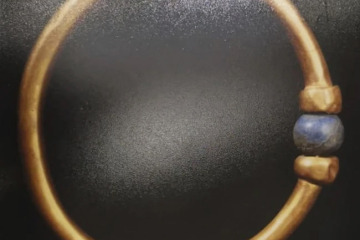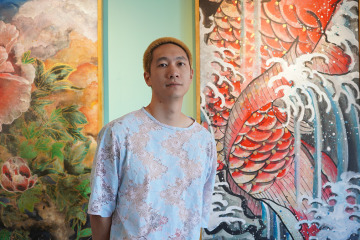Atlanta, Feb. 7, 2023 — This summer, the High Museum of Art will present “Samurai: Armor from the Collection of Ann and Gabriel Barbier-Mueller” (June 23-Sept. 17, 2023), an exhibition featuring one of the most important collections of its type outside of Japan. Through a dazzling array of armor, helmets, swords and other objects spanning almost nine centuries, the exhibition will illuminate the exceptionally high level of design and craft dedicated to these elaborate instruments of ceremony and combat and will reveal the culture, lifestyle and artistic legacy associated with the samurai warrior in Japanese society.
Assembled over nearly four decades of collecting, the exhibition comes to Atlanta from The Ann & Gabriel Barbier-Mueller Museum in Dallas, Texas. The High is the first museum in the Southeastern United States to present this exhibition, which has traveled to cities around the world.
“While this exhibition explores a cultural history and artistic traditions not represented in our holdings, it nevertheless aligns with our mission to present work that serves as a complement or foil to our collection,” said Rand Suffolk, the High’s Nancy and Holcombe T. Green, Jr., director of the High. “We are grateful for the opportunity to share these exquisite artworks with our audience.”
The High’s chief curator, Kevin Tucker, added, “For centuries, the samurai in Japan provided a touchpoint for not only political change and military prowess, but importantly, an extensive range of artistic production in metals, textiles, lacquer work and the host of materials necessary to create these elaborately decorated statements of power and prestige. The legacy of samurai persists to this day in the often nearly mythological perception of their history and adoption of imagery in popular culture including by way of anime, manga and contemporary film.”
The exhibition will feature more than 150 objects, including nearly 20 complete sets of armor, many dating from the Edo period (1603-1868), marking the rise and expansion of the samurai, and ultimately, their dissolution in the face of changing political and military structures. These and related works dating to as early as the Kamakura period (1185-1333) will reflect upon the evolution of the “omote dogu” — the external appearance and equipment of the samurai warrior — and the legacy of such imagery across the centuries.
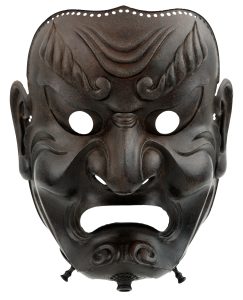
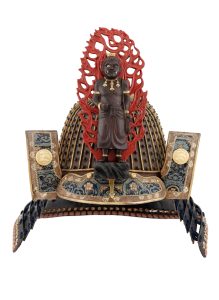
Photos courtesy: High Museum of Art
The opening galleries will introduce and define the samurai class and feature four of the collection’s finest suits of armor, which belonged to the daimyo (or ruling lords). This section will also emphasize the roles of women in samurai families and the importance of the Bushido, or samurai code.
In another section, the exhibition will explore the various pieces that create a full suit of armor, including garments, shin guards, sleeves, masks and helmets. In addition to displaying their separate components, this section will feature seven complete sets and examine the evolution of armor styles, or “nanban,” which were influenced by contact with other cultures, including the samurai’s first Western conflicts in 1541. These galleries will also explain the role of the artist in Japanese society and showcase the different schools, or workshops, where armor was produced, as well as the principal influences evidenced in their production such as the natural world and samurai spirituality.
The Barbier-Mueller collection features many necessities of the samurai’s horse, including horse armor, saddles and masks. The third section of the exhibition will present exquisite examples of these objects and explore the role of the horse in battle and in samurai processions.
In a later section, the exhibition will emphasize how samurai fashioned highly effective weapons, including swords, bows, arrows and quivers. The objects are not only intricately decorated but demonstrate equal attention to their form and function. A drum and flag in this section serve as examples of battle command equipment.
The last section of the exhibition will focus on objects that belonged to the Mōri clan, a family of powerful rulers from Honshu, Japan, who were prominent from the 12th to 19th centuries. These comprise three full suits of armor, beautiful textiles, weapons including swords and bow-and-arrow sets, and equestrian items such as stirrups and saddles.
The exhibition will be presented in the Cousins Special Exhibition Galleries on the Second Level of the High’s Wieland Pavilion.



